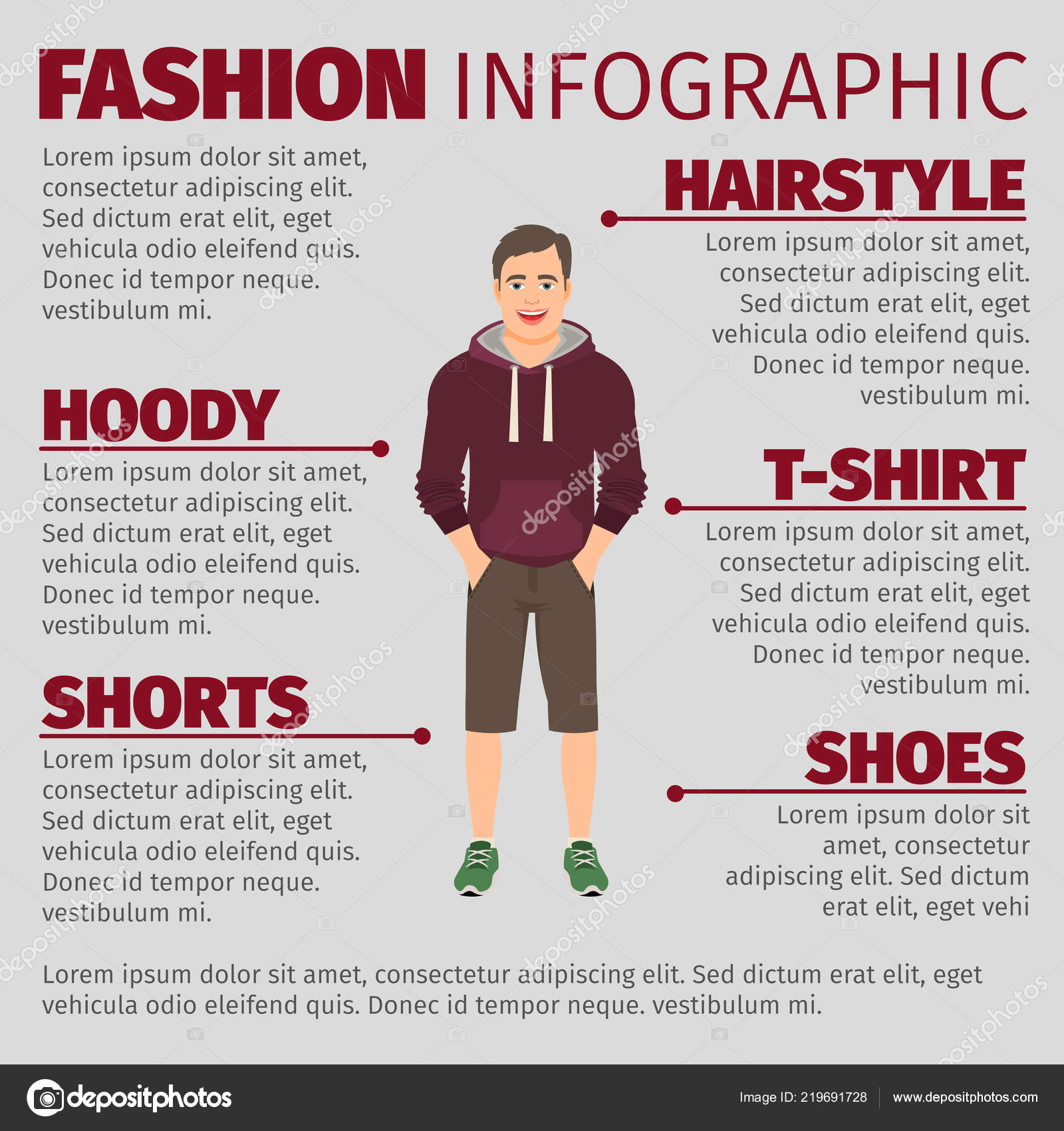Authored By-Mahler MacPherson
When it pertains to transforming a plain item of textile right into an artwork, understanding the art of block printing is vital. Starting with an empty canvas and a carving tool in hand, you can craft elaborate styles that will stand apart on any textile. Yet what regarding the ink? The stress? The precision? There are important elements that can make or damage your printing endeavor. Keep tuned to reveal the secrets that will raise your block printing game and transform your textile right into a masterpiece.
Creating Your Block Print
When producing your block print layout, think about making use of bold and easy forms to make a striking effect. Select clear details and uncomplicated types that will equate well onto fabric. Think about the overall pattern you aim to attain and just how the shapes will engage with each other when repeated. Whether you desire a geometric appearance or something extra organic, keeping your layout simple will aid in the carving and printing stages.
Start by designing your layout on paper. This is where you can play around with various shapes and arrangements prior to committing to sculpting the block. Bear in mind, what looks great on paper may turn out in a different way when printed, so it's important to visualize just how the layout will show up on material. Trying out range and placement to make sure the final result is visually enticing.
Think about the adverse area as much as the positive space in your design. The locations around and between your forms can be equally as impactful in the overall pattern. By paying attention to these spaces, you can develop a well balanced and vibrant block print that catches the eye.
Carving the Printing Block
To carve the printing block effectively for block printing on textiles, gather your devices and materials in a well-lit and comfortable workspace. Begin by selecting a linoleum block or rubber block as your carving surface. Area the layout you created in the previous step onto the block and safeguard it with tape. Use a pencil to trace the layout onto the block, making sure all details are moved precisely.
Next off, outfit yourself with carving tools such as cuts and knives. Beginning by sculpting the outline of your design, progressively moving in the direction of the better information. Remember to carve away from your body to avoid crashes.
https://www.republicworld.com/videos/lifestyle/from-india-with-love-all-about-the-art-of-block-printing/ and continuously, eliminating little sections at once. Check your block by applying ink and stamping it onto paper prior to making any type of last modifications.
Continue refining your block up until you're satisfied with the results. Once you have ended up carving, clean the block completely to eliminate any type of particles. Your meticulously carved printing block is now prepared for the next step: printing on textile.
Printing on Textile
Consider trying out various textile types to establish one of the most suitable product for your block printing job. Cotton is a preferred choice as a result of its smooth appearance and capacity to hold ink well. Bed linen provides a somewhat textured surface area that can include an one-of-a-kind look to your prints. If you like an even more elegant feeling, silk could be an excellent choice, though it needs much more fragile handling. For an economical choice, polyester blends provide resilience and easy maintenance.
Prior to starting the printing process, ensure your fabric is tidy and ironed to make sure a smooth printing surface area. Area a safety layer below the textile to stop the ink from bleeding through. Protect the textile firmly on a level surface area to stay clear of any changing throughout printing. Use a modest amount of textile paint or ink onto your block making use of a brayer, ensuring even coverage. Press the block securely and evenly onto the material, applying uniform pressure to move the design. Raise the block thoroughly to expose your printed layout. Allow the ink to completely dry entirely prior to managing your freshly published textile.
Conclusion
Since you have found out just how to create your block print, sculpt the printing block, and efficiently print on fabric, you're ready to create your own spectacular block published fabrics.
Bear in mind to select bold and basic shapes for your design, make use of the ideal materials for carving the block, and examine your block with ink before printing.
With these action in mind, you'll have the ability to accomplish tidy and aesthetically striking results in your block printing projects.
Delighted printing!

UNDER MAINTENANCE

